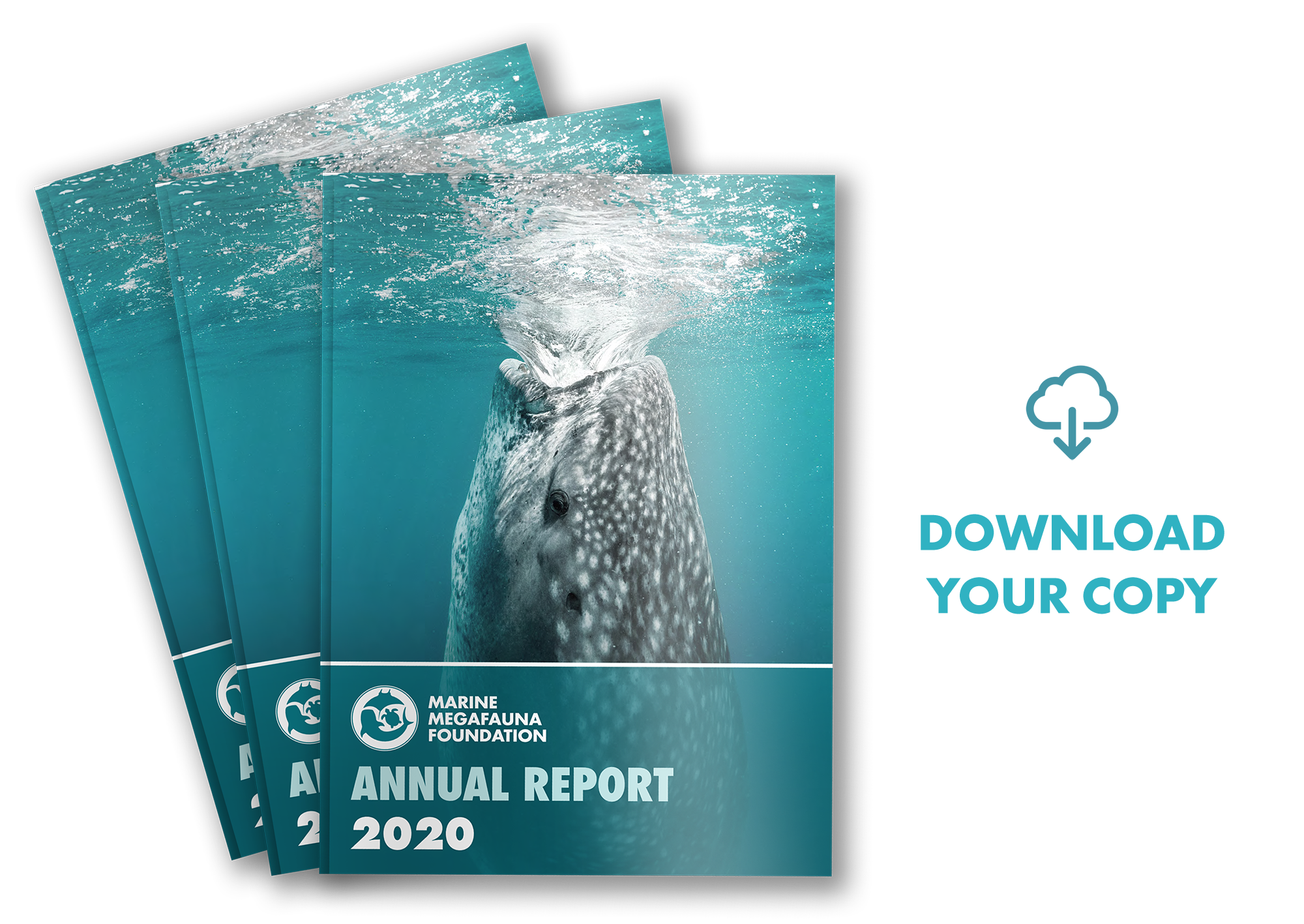The MMF 2020 Annual Report
Andrea and I are proud to share the Marine Megafauna Foundation’s 2020 Annual Report with you. Despite the many (many) complexities the global pandemic has thrown at our staff and volunteers through the year, we’ve still got plenty of research and conservation progress to highlight.
On a global level, MMF’s work led to giant manta rays and some of their smaller cousins being recognized as endangered on the IUCN Red List of Threatened Species. While that obviously isn’t good news in itself, we’ve now clearly identified the threats that these species face – and we are already implementing the conservation initiatives needed to help them rebuild their populations.
One major step towards that recovery was also achieved in 2020, when both species of manta rays and whale sharks (also endangered) were given full national protection by the Mozambican government. Our work in the country has shown that giant manta rays suffered a 94% decline between 2003 and 2016, so this is a vital step towards rebuilding the African population of the world’s largest rays, and the species that share their habitats.
Advocating for the protection of these species in Mozambique was also our motivation to form MMF in the first place, so this was a really special achievement for the two of us!
Elsewhere in the world, Jessica Pate from MMF discovered a probable nursery area for the ‘urban manta’ population in Florida, we contributed to the first study on mating and courtship behaviors in whale sharks, and published global analyses of reef shark numbers on coral reefs, amongst many other studies. While 2020 was a challenging year, we’ve been able to continue working to ensure that the ocean giants we all love remain on the path to recovery.
There’s much more to see in the annual report itself, so download it now through the link below.
Thank you for your support,
Simon & Andrea
____
Co-Founders
Marine Megafauna Foundation

